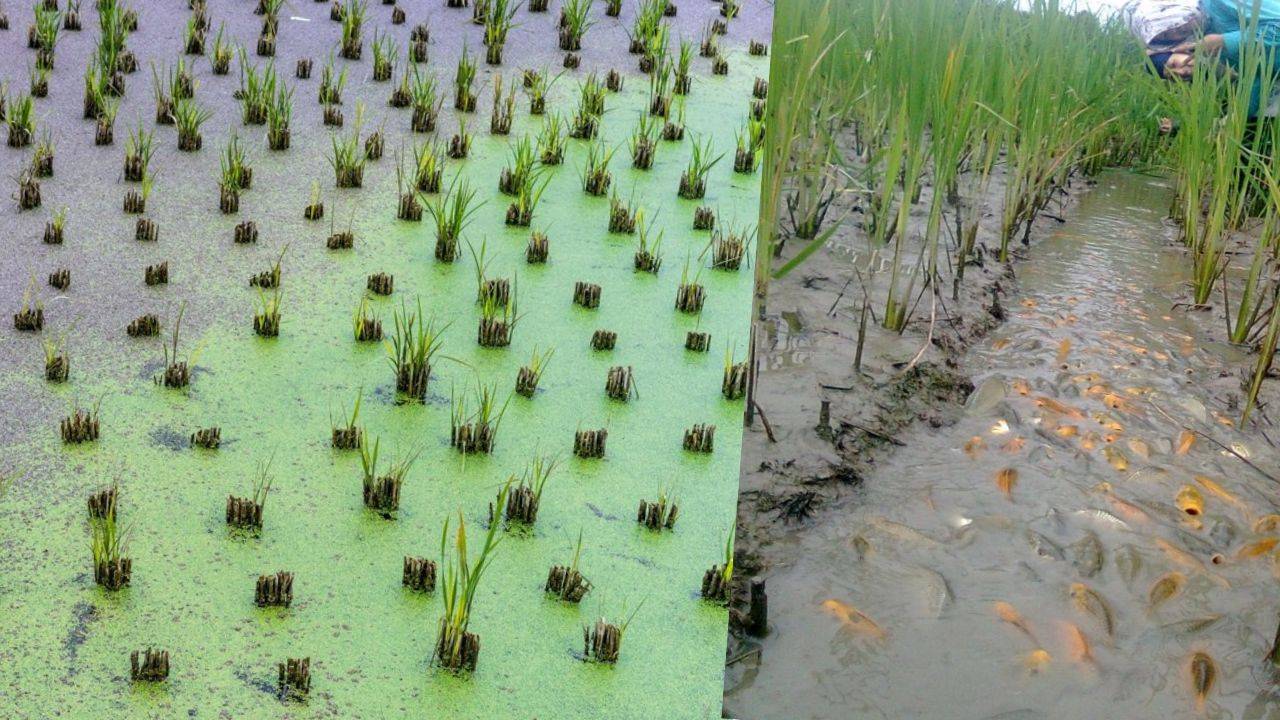
Global food security is facing challenges due to factors like environmental changes, population growth, and resource limitations.
Integrated farming has emerged as a sustainable solution to enhance food production by leveraging the synergies between different plant and animal species. Particularly in China and several Asian countries, the combination of rice cultivation with aquatic animals such as crayfish, carp, and crabs has gained prominence.
The Study and its Findings
A comprehensive study in China aimed to investigate the effects of integrated farming on soil biodiversity and functions, as these aspects underpin the functioning of these integrated ecosystems. To do so, a block design approach was applied across 131 farmlands spanning the primary integrated rice-aquatic animal farming regions in China, covering a transect of approximately 1300 kilometers.
The results of the study revealed that the integrated rice-crayfish farming system introduced significant trade-offs in the biodiversity of various microbial groups, encompassing soil invertebrates, protists, fungi, bacteria, and archaea, in comparison to traditional rice monocultures.
Implications of the Findings
These taxonomic shifts in the soil ecosystem had broader consequences. On one hand, they led to an increase in supporting services such as soil fertility, nutrient cycling, and symbiotic interactions.
On the other hand, they reduced the potential of these ecosystems to provide regulating services, as indicated by a higher proportion of genes linked with greenhouse gas emissions, antibiotic resistance, and human infections.
These findings shed light on the fundamental trade-offs in the delivery of crucial supporting and regulating services in the integrated rice-crayfish farming system. This suggests that environmental risks associated with this farming approach should be carefully considered for the long-term sustainability of these integrated systems, despite the primary focus on food production and economic profits in agricultural systems.
The study emphasizes the need to strategically plan and manage integrated rice-crayfish farming and rice monoculture at regional scales to optimize the provision of multiple ecosystem services in agricultural systems.
















